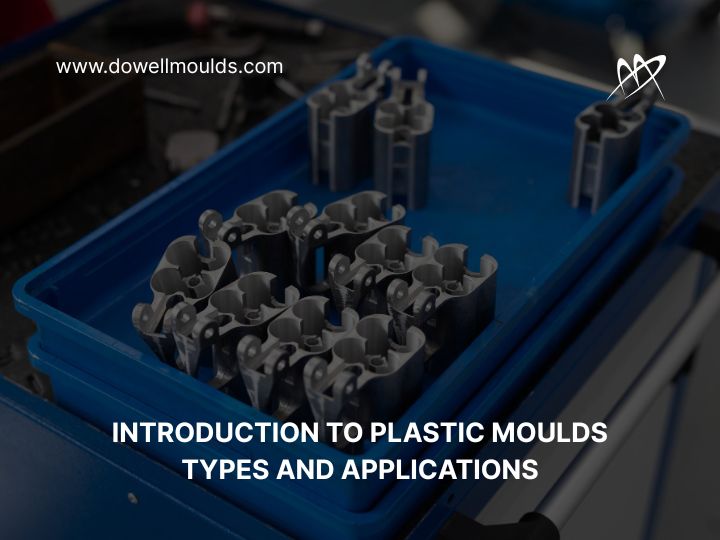The development of plastic moulds has transformed modern manufacturing by allowing the manufacturing of massive parts of plastic that are precise and efficient. From automotive and packaging parts to household items and medical devices, moulds play an important role in creating everyday objects.
In this article, we'll look at the different types of moulds made from plastic, their various kinds, and the many applications they have across different industries.
What Are Plastic Moulds?
"Plastic Mould" refers to a designed framework or cavity to form hardened or molten plastic to an exact shape. The moulds are designed using sophisticated engineering methods to guarantee accuracy and uniformity in the production.
Techniques for moulding plastic increase effectiveness, decrease the amount of waste and increase the product's durability, which makes the moulding process a popular choice for production.
Kinds of Plastic Moulds
Molds made of plastic are offered in many varieties, each appropriate for a particular purpose. These are the most well-known moulds:
1. Injection Moulds
Process:
- Then, the plastic is in the mould cavity using pressure within a specific range.
- The material gets cool and becomes hardened into the form you'd like.
Advantages:
- Detail and high precision.
- Can make use of a broad selection of plastic materials.
2. Blow Moulds
Process:
-
The pressure of air inflates the heated material into a mould and then shapes it into a hollow shape.
Advantages:
- It is ideal for creating lightweight, hollow products.
- Efficient for large-scale production.
3. Compression Moulds
Process:
-
The material of a plastic set in a hot mould is then pressed into shape.
Advantages:
- Waste of materials is very low.
- Ideal for plastics with high-strength components.
4. Rotational Moulds (Rotomoulding)
Process:
-
A hollow mould is filled with powdered material. The mould is heated before turning until the plastic coats the inside evenly.
Advantages:
- It is economical for huge hollow objects.
- Produces seamless, durable products.
5. Thermoforming Moulds
Process:
-
The plastic sheet is melted and stretched on an edging mould until it forms the desired form.
Advantages:
- Cost Effective as production cost is less.
- Perfect for plastics with thin walls. Products.
6. Transfer Moulds
Process:
-
However, the material is preheated before being transferred to an insulated mould-like compress moulding.
Advantages:
- Great for smaller and intricate patterns.
- Reduces the amount of material wasted.
Applications of Plastic Moulds
Plastic moulds are widely used in various industries due to their efficiency and versatility.
|
Industry |
Industry |
|
Automotive |
Dashboards, bumpers, interior panels |
|
Packaging |
Bottles, food containers, plastic trays |
|
Medical |
Syringes, IV components, surgical tools |
|
Electronics |
Casings, connectors, circuit board housings |
|
Household |
Storage boxes, kitchenware, furniture parts |
|
Toys & Consumer Goods |
Action figures, plastic utensils, games |
|
Construction |
Pipes, insulation panels, fittings |
Why Are Plastic Moulds Important?
Moulding plastic technology has transformed the manufacturing process of products by having several advantages that are key to its success:
- Cost-Effective Production: Enables mass production at low costs.
- Design Flexibility: Can create intricate and detailed designs.
- Easy to handle and Durable: Creates light but durable plastic parts.
- Sustainable: Many modern moulding techniques make use of recycled materials as well as biodegradable plastics.
- Time-Efficient: Reduces time for production, allowing faster market availability.
Final Thoughts
Molds made from plastic can revolutionize manufacturing processes to create high-end, durable, affordable, long-lasting, and economical objects.As technology advances and the advancement of technology, plastic moulding keeps improving and making use of sustainable and new strategies. If you're in the manufacturing, automotive or medical field, understanding moulds made of plastic will help you make the right choices about the products you use.

